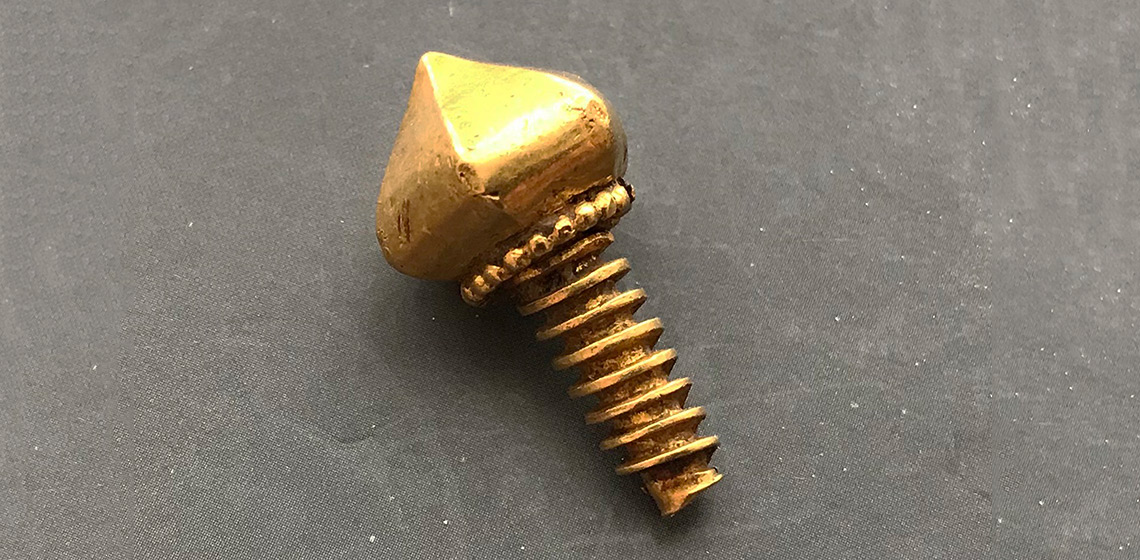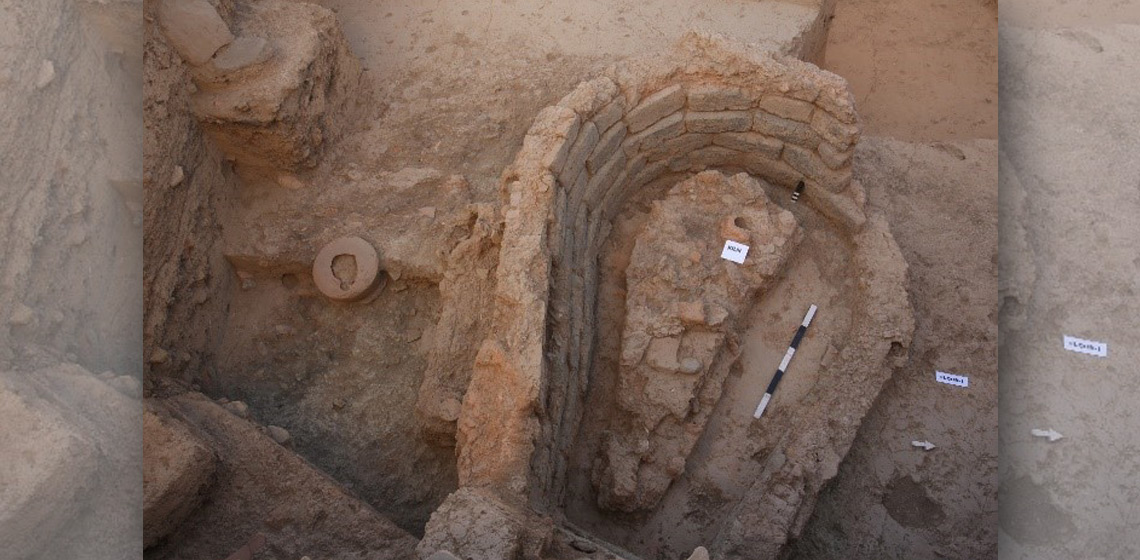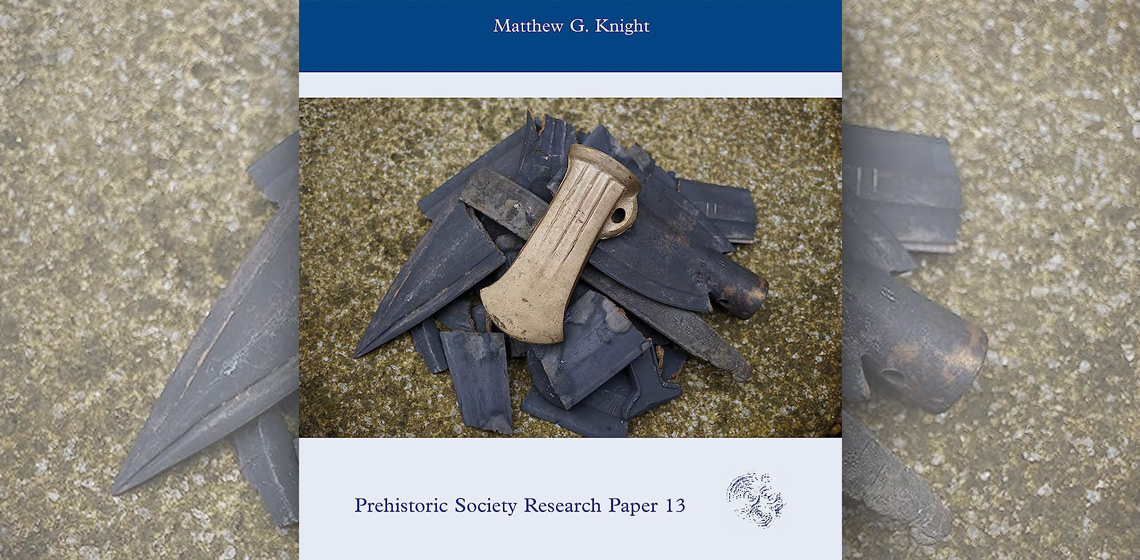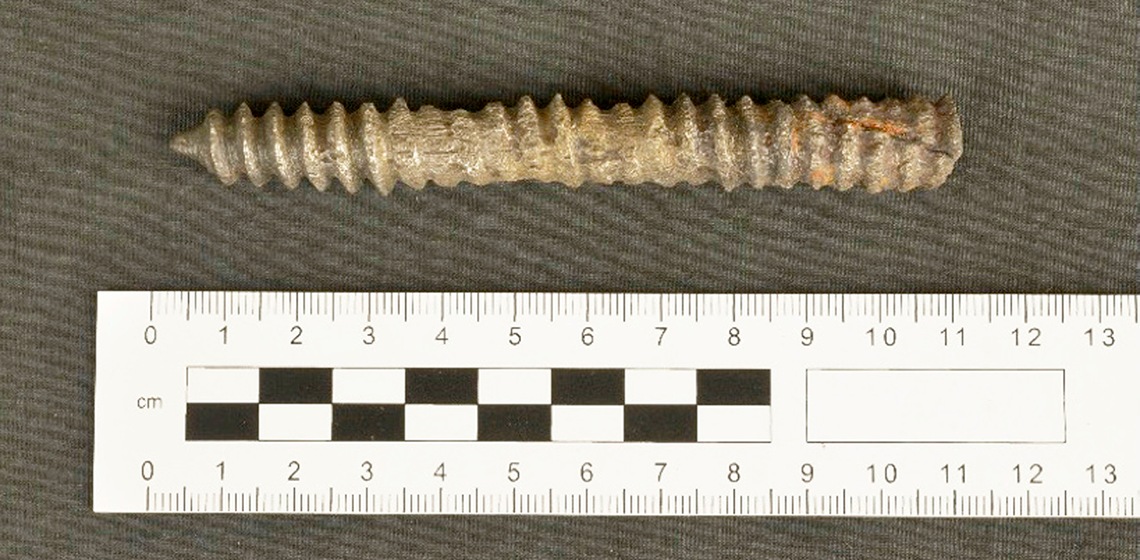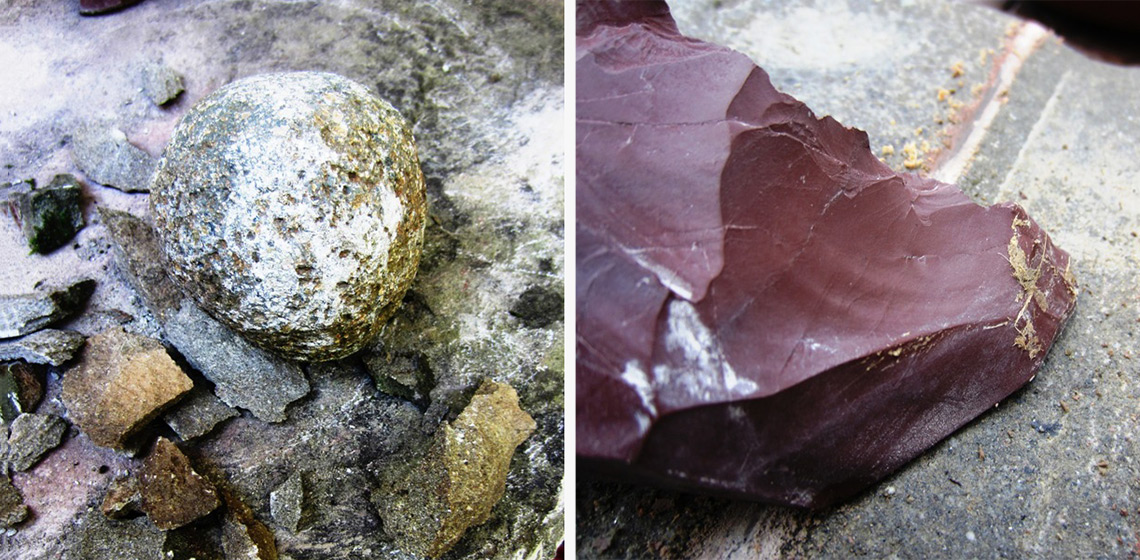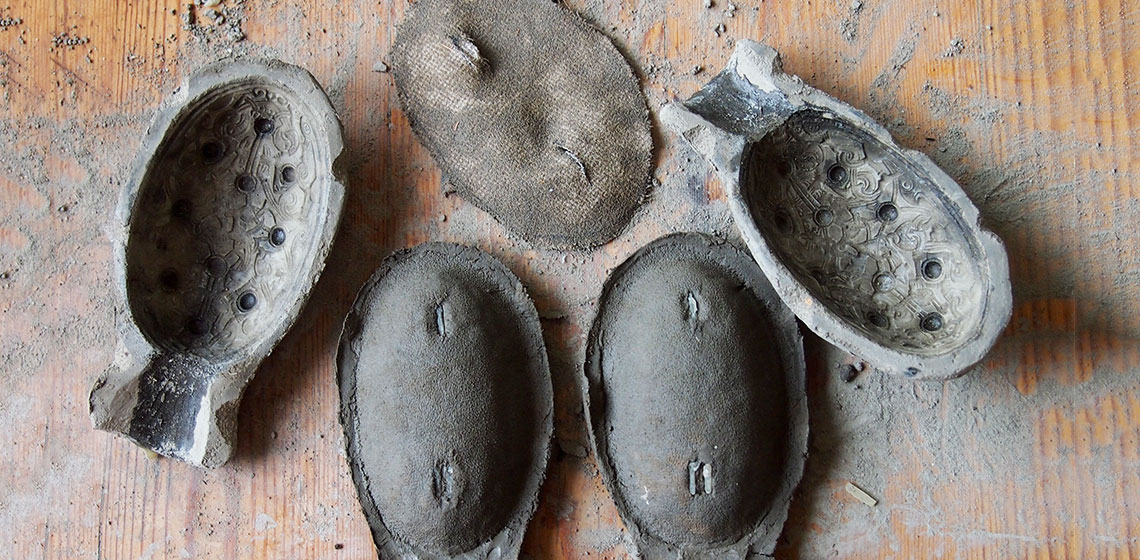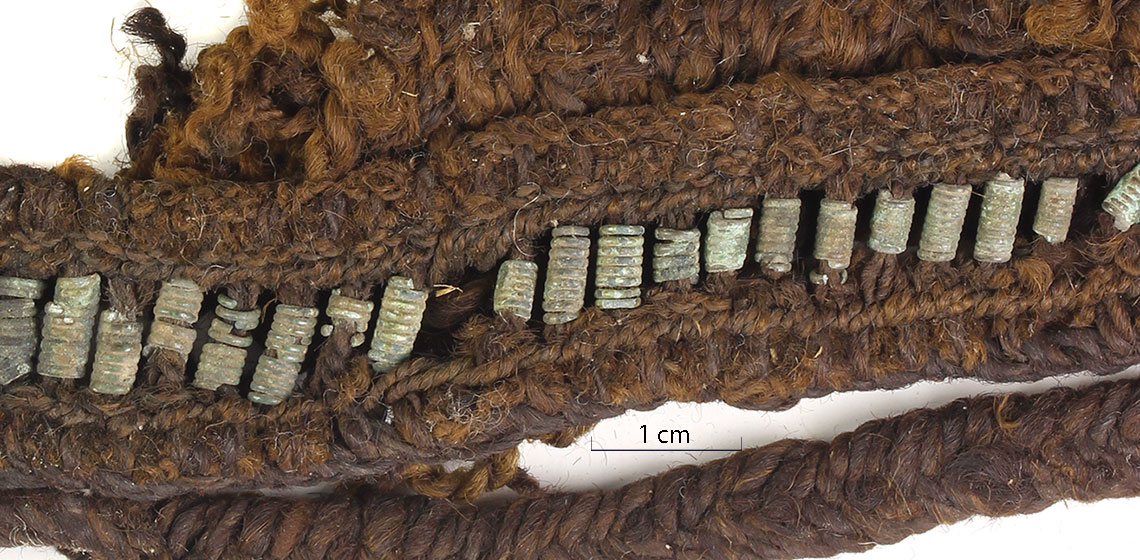metal
The Production of Roman Metal Screw Threads - Extended Version
Publication Date
During the Roman period, small metal screw threads were used both as fastenings and to impart motion. This paper, which is an extended version of my previous article, will show that it is possible to produce metal screw threads using very simple technology. The tools and expertise to carry out this work is...
Reconstructing the Pyrotechnological Development of the Harappans Using Ethnoarchaeological Parallels in The Region of Ghaggar, India
Publication Date
Indus Valley Civilization flourished in India and Pakistan owing to its technological advancements dating back to the 3rd millennium BC. The present paper aims to trace the emergence of pyrotechnology through documenting the industrial settlements that have been excavated in recent years, as well as locating the potential trading network for the craft items being produced at these small settlements on...
Book Review: Fragments of the Bronze Age by Matthew G. Knight
Publication Date
In this book, Matthew Knight examines fragmentation of metal objects from hoards dating to the Bronze Age of South-West Britain, and uses experimental archaeology to better assess fragmentation and destruction. Fragmentation is the deliberate destruction of metal objects. Other forms of destruction can include bending, folding, or crushing objects so that they are no longer useable.
The Production of Roman Metal Screw Threads
Publication Date
The production of Roman screws and screw threads is a topic that is largely absent in the archaeological literature. During the Roman period, small metal screw threads were used both as fastenings and to impart motion. This paper will show that it is possible to produce small metal screw threads using very simple technology that was well within the skill set of any competent metal worker...
Stone & Metal: Experimental reproduction of a stone monument of the Metal Age, Located between Liguria and Tuscany (Italy)
Publication Date
11th EAC Trento 2019
***The Italian region of Lunigiana, is located between Liguria and Tuscany, and is rich in stone statues which were worked from the third millennium B.C. until the beginning of the historical period, around the 6th century B.C. (Anati, 1981). Eighty statues have been collected and show stylized male and female characters...
***The Italian region of Lunigiana, is located between Liguria and Tuscany, and is rich in stone statues which were worked from the third millennium B.C. until the beginning of the historical period, around the 6th century B.C. (Anati, 1981). Eighty statues have been collected and show stylized male and female characters...
Viking Jewellery Mould Making. Experimental and Reconstructive Aspects
Publication Date
Craftsmanship relies upon the silent knowledge of the skilled experience of the creative workings of the hands, a knowledge that is difficult to convert to written characters without creating a blur of words that make very little sense. Theoretical reasoning lacks the dialogue with, and the resistance from, the raw material. Making up a picture of how wax, clay and metal would behave without practical experience of them is...
Spiral Tube Decorations: a Thousand Years of Tradition
Publication Date
An overview of finds, their regional spread and significance though the ages. The spiral tubes are made of an alloy that consists of copper supplemented mainly with zinc and/or tin (Rammo, Ratas 2015, table 1). The outer diameter of the spiral tubes usually range from 2.5 to 5 mm. Woollen and linen threads as well as horse hairs, were used to join spiral tubes into decorations...

